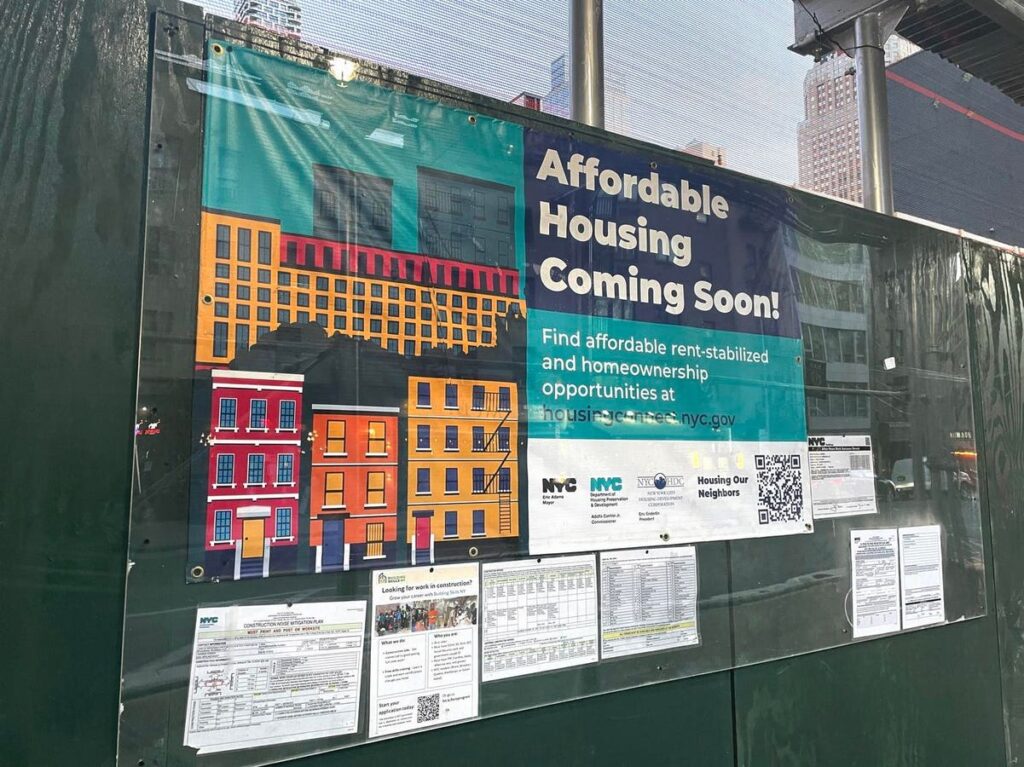During the campaign, Trump upbraided Biden about the cost of living and claimed he’d fix it. Among the flurry of executive orders the new president signed during his first few days in office was “Delivering Emergency Price Relief for American Families and Defeating the Cost-of-Living Crisis.”
Are there reasons to address the cost of living? Absolutely. However, the causes have been building for decades, the latest additional pains have been complex, and a general wishful thought that it’s possible to declare a solution is at the root of why nothing actually gets done.
The longest-standing issue is that 40 years ago, a shift happened in pay. Median household incomes no longer kept pace with increasing costs of living. Those in the higher quintile of economic status were fine. The people about the median and everyone below have suffered the most. However, while many other aspects of politics fueled the result of the presidential election, concerns over personal economic factors were a significant force.
A common complaint was about the rising costs of living. They’ve been going up steadily but took a large leap during the pandemic. Trump’s executive order states, “Hardworking families today are overwhelmed by the cost of fuel, food, housing, automobiles, medical care, utilities, and insurance.” Clearly true.
Although the executive order claims that it was the Biden administration that caused the price increases, it wasn’t. Nor was it mostly consumer demand that many economists thought was the problem. This issue was the collapse of global supply chains, the intricate interplay of companies and clients, with elements and components being created, sent to other companies as feeds into what they are doing, going step by step until there are finished products that consumers or other companies purchase.
Prices shot up, and even though inflation slowed again, prices didn’t. They kept seeing new increases, even if smaller than before, which totaled into the costs now. In November 2024, on the CBS News show Face the Nation, Mohamed El-Erian, president of Queens’ College, Cambridge; chief economic adviser at Allianz SE; chair of Gramercy Fund Management; and former chief executive officer of global fixed income giant investment firm Pimco, responded to a question from host Margaret Brennan ab out pricing coming down.
For a brief moment, a smile moved across El-Erian’s face. Then he said, “Yeah, and that’s what everyone’s expecting, but it’s not going to happen. Look, the good news is interest rates will continue to come down. The good news is inflation, which is the rate of increase of the cost of living, will come down. But it’s very hard to bring down prices. And that’s one political problem. When you tell people that inflation’s coming down, in their head, they think prices are coming down, not the rate of increase in prices. So, it’s a misunderstanding, unfortunately, but you’ve got to be careful what you wish for because if prices come down significantly, we are then in something much worse economically.”
Prices falling are considered a worse problem because it heralds deflation. That last time that happened in the 1930s during the Great Depression, the economy collapsed. Prices fall, people start to wait for them to fall more, companies lose sales and cut back costs including laying people off. Unemployment sharply increases, there is less buying, and things continue to get worse.
Housing is a more complex problem. Prices shot up during the pandemic because of multiple factors. Interest rates were near zero. Investors couldn’t make money investing in fixed income areas like government bonds, so much money poured into real estate, including commercial real estate, including apartment buildings.
The amount of money flooding in drove up prices, as did higher interest rates because of inflation. Buyers of buildings had to bank on increasing rents to make their deals make sense. Rents went up and were a major inflation factor, which triggered higher interest rates, more expensive real estate, and then higher rents in a feedback loop.
Trying to get prices down in any area is very difficult. Trump’s executive order was 351 words long, with the first fifth inaccurately blaming Biden, given how much of the government responses to the pandemic happened under the first Trump administration. The last third of the order told “the heads of all executive departments and agencies to deliver emergency price relief, consistent with applicable law, to the American people and increase the prosperity of the American worker.”
That assumed there was a large list of actions available under U.S. law to push down costs. There aren’t. The continued claim that regulation is the problem is silly. It wasn’t a sudden rush of new legislation that drove up prices. Instead, the long widening gap between costs of living and incomes that have built up since the mid-1980s continued to grow. In various ways, the pandemic made things worse. Telling government agencies to make things better without any coherent strategy is unlikely to do any good, and strategies will take much more than a few hundred words of explanation.
Read the full article here

